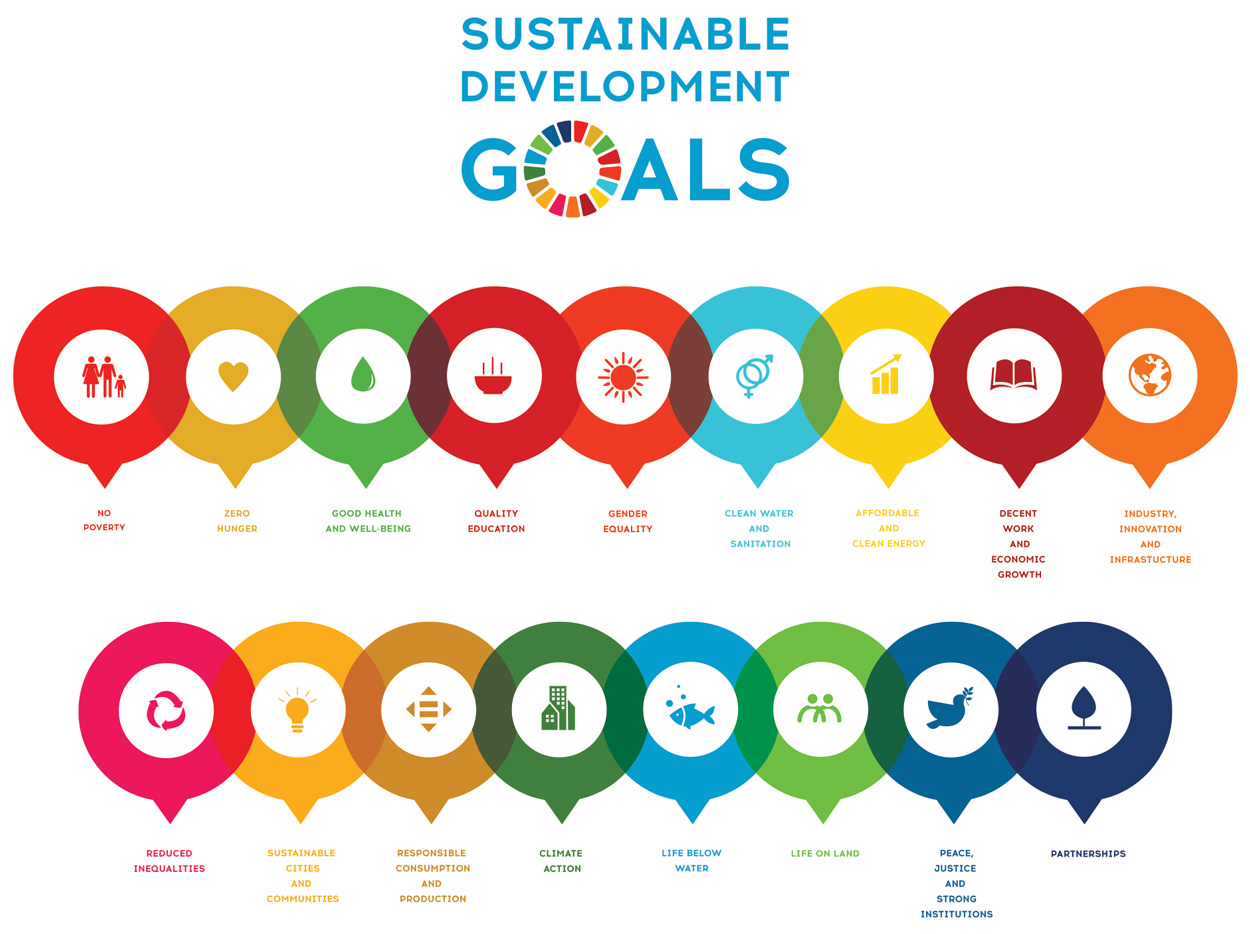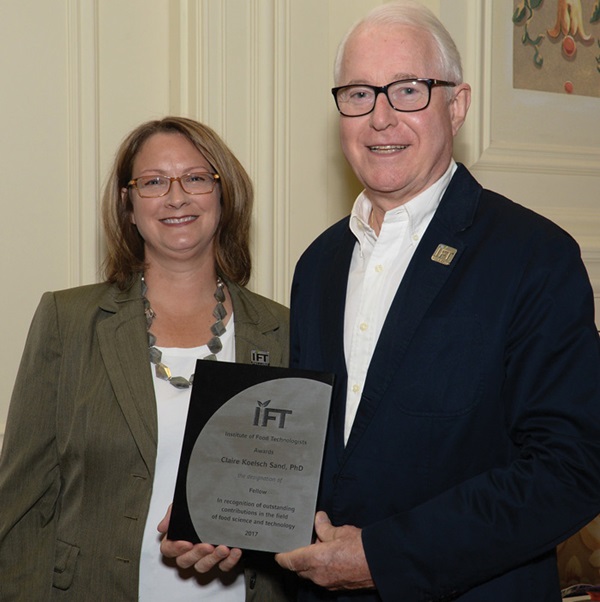Beta, XR, AI, and Big Data Advance Food Packaging
PACKAGING
Specific advances that will impact food packaging in the next few years are explored in this column. The overarching theme of these advances is the application of food packaging science in a thoughtful manner. Beta-packaging, XR workflow, artificial intelligence, big data, and their application in food packaging are addressed.
Beta-Packaging Provides Agility
Materials science and design innovations have allowed and advanced metal, plastic, glass, and paperboard-based packaging. Beta-packaging—the concept of a “beta-mode” or continual state of flux—will augment this further. Food packaging materials are typically selected with the expectation that they remain mostly static or constant, although active packaging offers some degree of flux. Use of material science, bio-sensitive compounds, and design, however, allow beta-packaging that provides an expansive degree of agility. Specific to food safety, one application is in the sensing of volatiles arising from microbial growth and then prompting responses that either inhibit further microbial growth or inactivate the responsible bacteria. This allows use of preservatives and antimicrobials only when needed. For example, preservatives are often incorporated into packaging, and they migrate from the package to the food to preserve it throughout its shelf life. With beta-packaging, however, exposure of a moisture-sensitive food to an unexpected increase in moisture triggers a response that increases the package’s barrier properties, or releases antimicrobial agents, or contracts to limit headspace. Beta-packaging allows additional shelf life and use of “just enough” preservative(s) and packaging and is especially applicable for B2B shipments of ingredients as well as reusable packaging.
Much of the food industry jumps from one package format or design to another in giant leaps, with mirroring leaps in the supply chain. Beta-packaging instead focuses on meeting changing value-chain needs that become evident through feedback loops and can be evolved continuously to best meet consumer and market needs. The beta-packaging concept aligns with an entrepreneurial food industry that is agile and responsive; yet it can also impart agility within large food companies.
The ability to design for beta-packaging requires integration of the packaging value-chain entities of equipment, materials science, design, distribution, and retail. The concept mirrors the agility seen with product ingredient changes. In a recent application, different oxygen-sensitive ingredients were embedded in the food contact layer of a flexible package printed with correspondingly matching print on the outside of the package. This allowed for release of the ingredients from the package material into the product as the shelf life progressed and residual oxygen was consumed within the package. Thus, what could have been generic products, became unique products through beta-packaging. This extended product shelf life, lowered package costs and met retailer needs since different products were able to be directly cased into display-ready cartons vs. requiring unpacking of all varieties out of corrugated cases and repacking into display-ready cases containing a variety of packaged products. This example is the tip of the iceberg in beta-packaging design. Beta-packaging allows fine-tuning of the structural and barrier properties provided by existing materials with bio-packaging-based design.
XR Expands Tacit Knowledge
The extended reality (XR) continuum—including virtual, augmented, and mixed reality—will expand and continue to modulate workflow for packaging professionals. XR reinvents the actual work experience, and will have a profound effect on project timelines, capabilities, and production environments. For example, XR has reduced the need for travel to packaging machinery suppliers for factory acceptance tests. XR has also sped up equipment design by allowing virtual implanting of machinery onto factory floors, and it has enabled the rapid design of mobile manufacturing units. Crude equipment dimension parameters are aspects of the past. Augmented reality production environments help with design of packaging that meshes with actual production environments and creation of more space-friendly, agile manufacturing. For example, designing and testing packaging in an augmented reality production environment before actual first-stage and second-stage manufacturing saves time in the otherwise slow process and results in improved package design. XR also enables visualization of the environment in which the package will be used, and subsequent fine-tuning of the packaging. For example, in institutional settings, such as prisons, schools, and hospitals, XR is used to allow the packaging professional to understand the environment of use without the need to visit the environment. This advances the tacit knowledge and learning as production methods, environments, and uses change, and is useful for inputs into AI design and/or the actual design process. XR applications that allow operating room insights into medical device package design are being adapted to enable more tacit knowledge of food packaging use.
AI to Achieve Planet-Centered Design
By using AI in package design, food packaging designers can go beyondconsumer-centered design to a planet-centered design for all. Although it is often called human-centered design, the focus is actually on the consumer. This design approach has led to an increase in convenience features, such as open and close options, as well as enhancements in package storage and product dispensing. For example, the now ubiquitous “upside-down” package for condiments and sauces (e.g., ketchup and hoisin sauce) allows for more consumer dispensing ease.
Planet-centered packaging alsocontributes to a more sustainable food system while meeting consumer needs. Although the packaging industry has focused on the use of more sustainable packaging, the number of inputs and considerations, including those related to the product and processing, is staggering. The use of AI and big data are paving the way toward more planet-centered packaged food.
Specifically, AI is assisting with the complexity of consumer selection of more sustainable foods to reduce the environmental impact of our food system, by helping to create more sustainable packaged food that will resonate with consumers and be successful in the marketplace. AI applications can aid understanding of how packaging can more intuitively communicate with consumers so they can instinctively make more sustainable decisions. Consider a plant-based dairy product packaged in a multilayer aseptic package that does not require refrigeration during its 90-day shelf life, a situation that dramatically reduces the packaged product’s environmental impact. Many aseptic packages are not recycled, however, and are not viewed as sustainable. AI could be used to help communicate the complex tradeoffs of recyclability and low-energy characteristics of aseptic packaging related to the lack of refrigeration, long shelf life, and lower amounts of unsaleables.
AI is in the early stages of being integrated into consumer testing. For example, AI is used to analyze consumer comments via virtual platforms such as Howspace, allowing for rich qualitative data analysis. AI analysis provides clear direction on how the complex concept of a more sustainable food system can be communicated to consumers. More specifically, use of AI can enable a more effective package design that directs more intuitive consumer separation of packaging components for recycling. Use of AI as a framework within generative design processes allows for the decision-making input to be more expansive. For example, AI design inputs can include a host of region-specific environmental factors near manufacturing sites as well as impacts within a variable food packaging value chain. Use of AI can facilitate modeling of regional circularity so that packaging materials are recycled and reused within a region, thereby limiting the environmental impact of transit and ensuring that the environmental impact of packaging is not transferred outside the region. This allows for more concrete decision-making on packaging material and structure and the value of internal and external activities (e.g., consumer use of compost packaging). Use of AI and big data in package design will make it possible to harness the complexities of planet-centered design for all.
Big Data for Democratization and Values-Based Interactions
The potential for quantum computing of big data to achieve volume and high velocity, with veracity and defined valorization are staggering for many industries, including food packaging (Özdemir and Nezih 2018). Importantly, since we are in an interregnum period of big data applications, there is a need to apply social science frameworks to its use to allow for applications in ways that are meaningful and that consider the ethical, legal, and societal implications. For example, in the food packaging field, when a social framework is applied, big data can contribute to democratizing food access and enable values-based interactions. Through the analysis of access to nutrition by region, big data has established the existence of food access inequality. With this information, the packaging industry can go even further than addressing access to nutrition into the realm of personalized access to nutrition to ensure that individualized nutrient profiles are delivered. Likewise, package fraud detection processes are vastly improved via big data-fueled algorithms that predict when and where package fraud will occur. Package fraud has broad implications for food safety if, for example, a different package material is substituted for the intended material.
Consumers need values-based interaction with packaged foods. While values vary in type and intensity, most are considered within the United Nations’ Sustainable Development Goals (SDGs). When the SDGs are used as inputs into decision-making processes such as selection of packaging components, distribution partners, retailers, and packaging material suppliers, alignment with values can be achieved. While rubrics have been used to rank selection options, the decision-making parameters within them are often company focused and with limited perspective. As companies seek value-based interaction with consumers, this internal focus is switching to value focus with the SDGs as a guide. For example, when selecting a packaging supplier for a project, rubric criteria such as cost, quality, and experience are often indistinguishable from one supplier to another. When the lens of the SDGs is applied, packaging supplier selection becomes more complex, requiring big data, as well as more definitive values-based assessment. Some companies focus on one aspect of the SDGs vs. another, and these linkages define working relationships between value chain entities. For example, although SDG 12 and tangentially SDGs 11 and 13 relate to packaging waste and food waste and are a focus of the food industry, Target 5, which explores gender inequality, often binds organizations within the value chain and is a defining characteristic. Interestingly, while measuring $4.3 trillion economic impact on the U.S. economy, big data inputs and analysis were needed (McKinsey Global Institute 2015). As the use of big data is applied to align value-chain entities, we are seeing synergies with joint and expanded value-based interaction between food and packaging.
REFERENCES
McKinsey Global Institute. 2016. The Power of Parity: Advancing Women’s Equality in the United States. By K. Ellingrud, A. Madgavkar, J. Manyika, J. Woetzel, V. Riefberg, M. Krishnan, M. Seoni. McKinsey & Company. mckinsey.com/featured-insights/employment-and-growth/the-power-of-parity-advancing-womens-equality-in-the-united-states.
Özdemir, V. and H. Nezih. 2018. “Birth of Industry 5.0: Making Sense of Big Data with Artificial Intelligence. “The Internet of Things” and Next-Generation Technology Policy.” Omics: A J Integr Biol 22(1): 65–76. doi.org/10.1089/omi.2017.0194.







